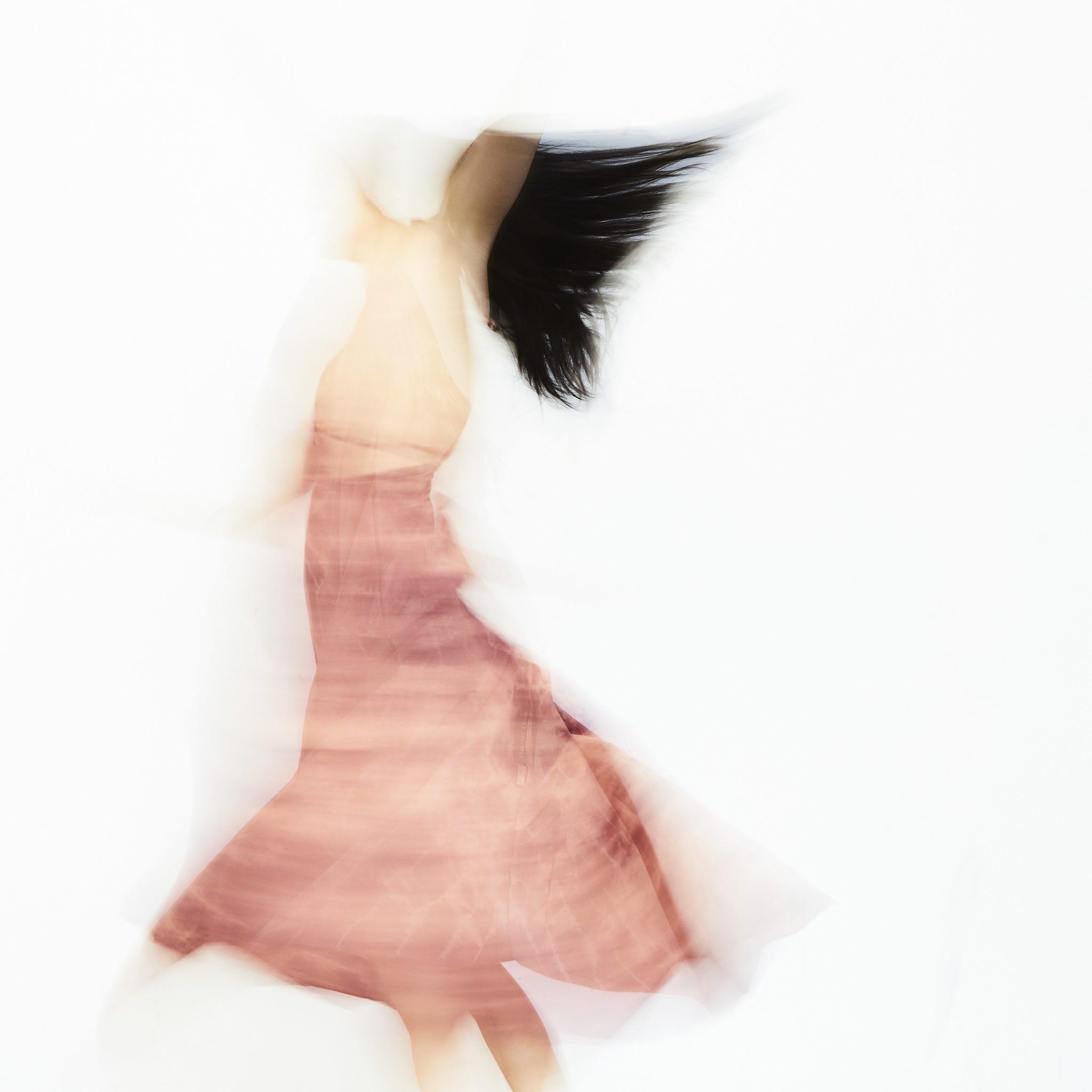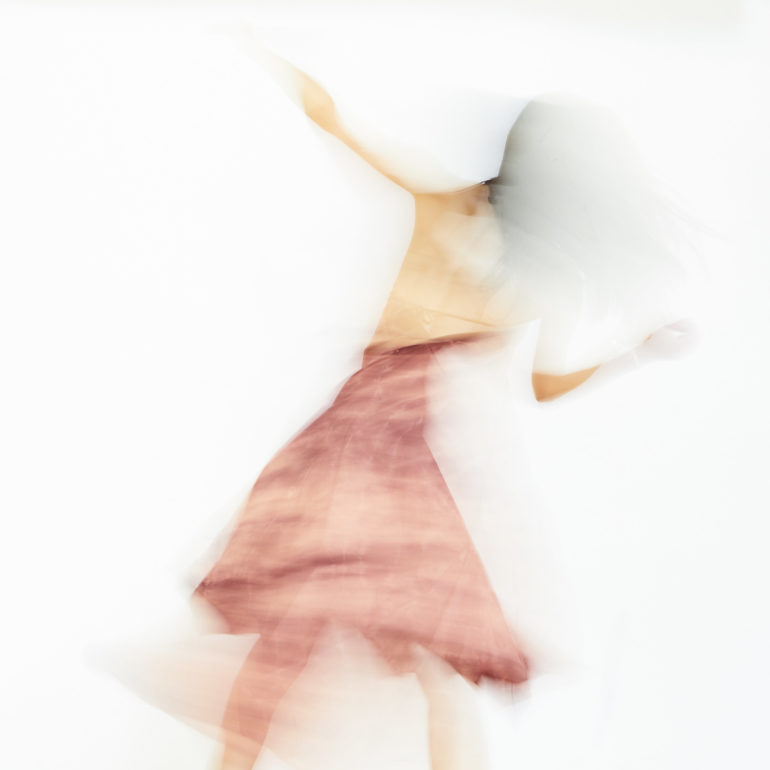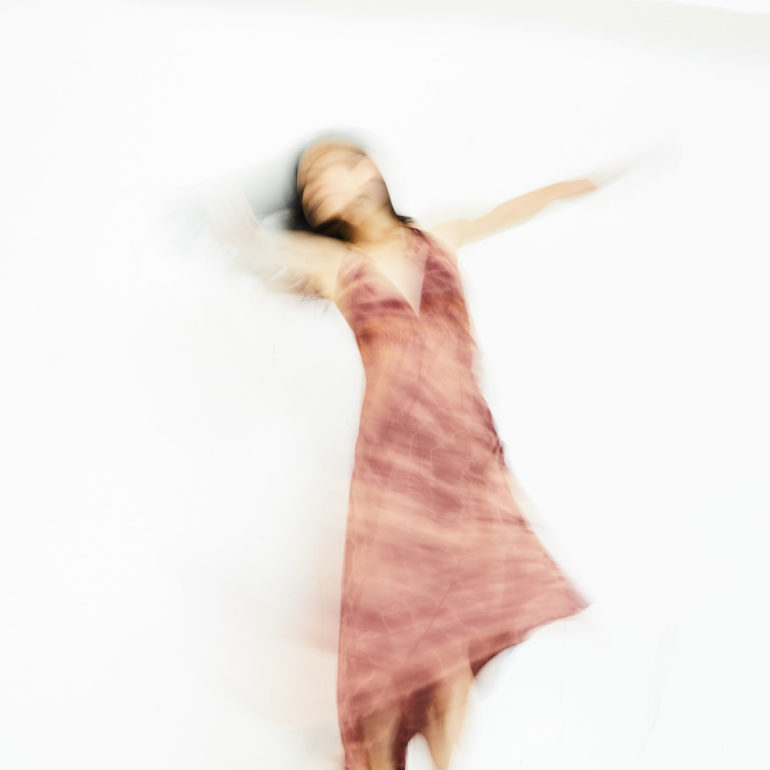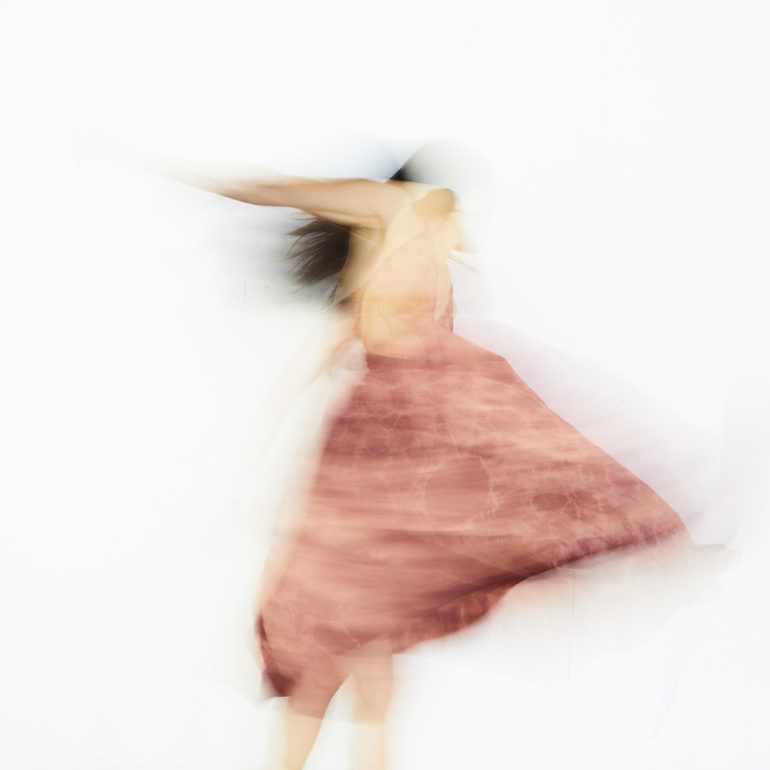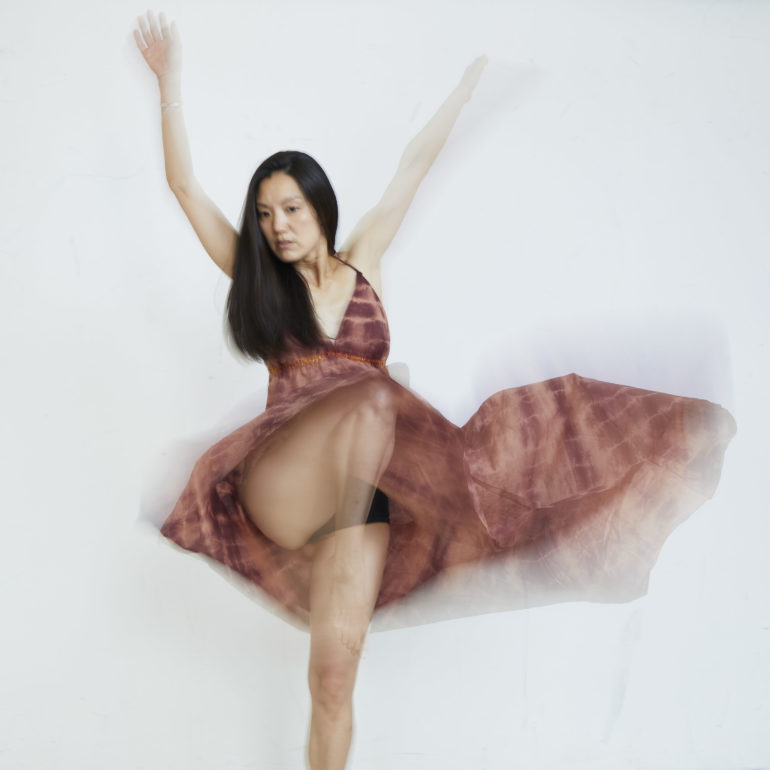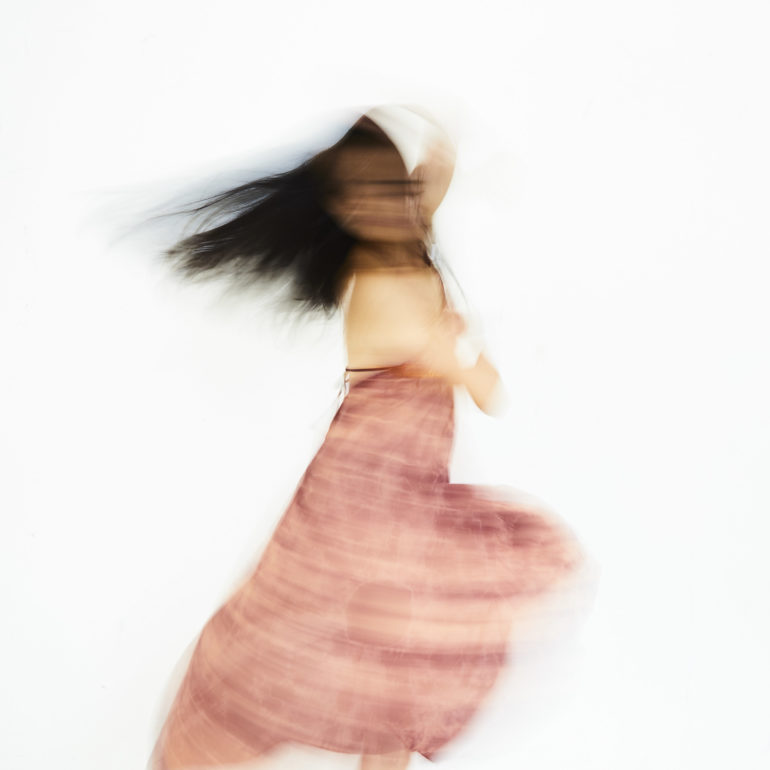A while back I started out with creating a new series of watercolor like photographs of dancers.
Being a legally blind photographer, part of my ambition has always been to tell stories the way that I see them and to let the world understand how I see the world. Something that I often describe it as is looking at the world and seeing it as a painting. I’ve learned more and more about how to make images look like paintings much to the dismay of pixel peepers. But personally speaking, I don’t care too much about those folks and never have. Instead, I’ve embraced creativity since the beginning. And to that end, I decided that I’d take a moment to share with folks how I’ve been doing a series that I’m currently creating.
White Background
To create an image that looks like a painting you need to start like a painting. The great Bob Ross always had a blank white canvas. You could try starting with Grey, black or another color but I genuinely feel like white will make anything and everything stand out against it more than another color.
A Flash or a Monolight
To really make the white in the scene pop, I’ve added flash to the scene. In this case, I used a Profoto B10 flash. The flash illuminates the subject and washes out the color just a bit while illuminating the background. One could theoretically use a two flash system with one light on the background and one stop brighter. But it isn’t always necessary I’ve found. Instead, I tend to do this with one light.
Overpowered Second Curtain Flash, a Fairly Narrow and a Very Slow Shutter Speed
As stated earlier on, overexpose the flash output. But to get the trails that you see with a bit of sharpness you need to use second curtain flash and a slow shutter speed. I’m capable of handling most cameras down to 1/15th and so you might want to use a tripod or some insane image stabilization.
A Dancer with Colorful, Flowing Clothing
Of course, think about your subject. You’ll need a dancer with flowing clothing that will be able to move about on camera. Be sure to discuss wardrobe with them beforehand.
Communication of Your Idea and Empathy
Lastly, ensure that your collaborator has breaks, water, Gatorade, you communicate framing to them, etc.
Of course, there are a number of other more complicated parts to this, but I’ll encourage you to try it out for yourself.


